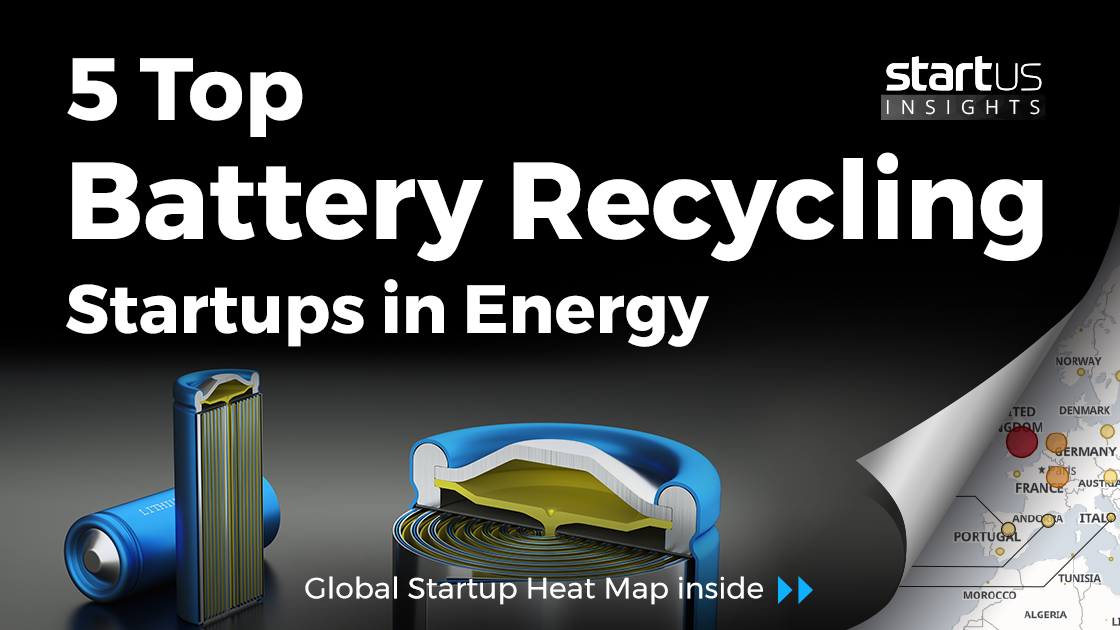The Munro video about their progress tearing down the structural pack was kinda hilarious. Reminds me of the time I tried to figure out how to repair a blown head gasket for the first time.
"DAY 4: Blood has been spilled. We remain undeterred"
To me, the signs point to the pack in the MIT Y's being right around the same or more capacity and much faster-charging than the 2170 packs, (no power limiting/regen limit at low/hihg SoC being the big one that suggest they're leaving a big, big buffer compared to other teslas right now) once they gather some more real-world data. As usual, they are beta testing with willing and enthusiastic customers
"DAY 4: Blood has been spilled. We remain undeterred"
To me, the signs point to the pack in the MIT Y's being right around the same or more capacity and much faster-charging than the 2170 packs, (no power limiting/regen limit at low/hihg SoC being the big one that suggest they're leaving a big, big buffer compared to other teslas right now) once they gather some more real-world data. As usual, they are beta testing with willing and enthusiastic customers
Last edited:








